The Brain Chamber » Ancient Civilizations » Ancient Romans » Page 16
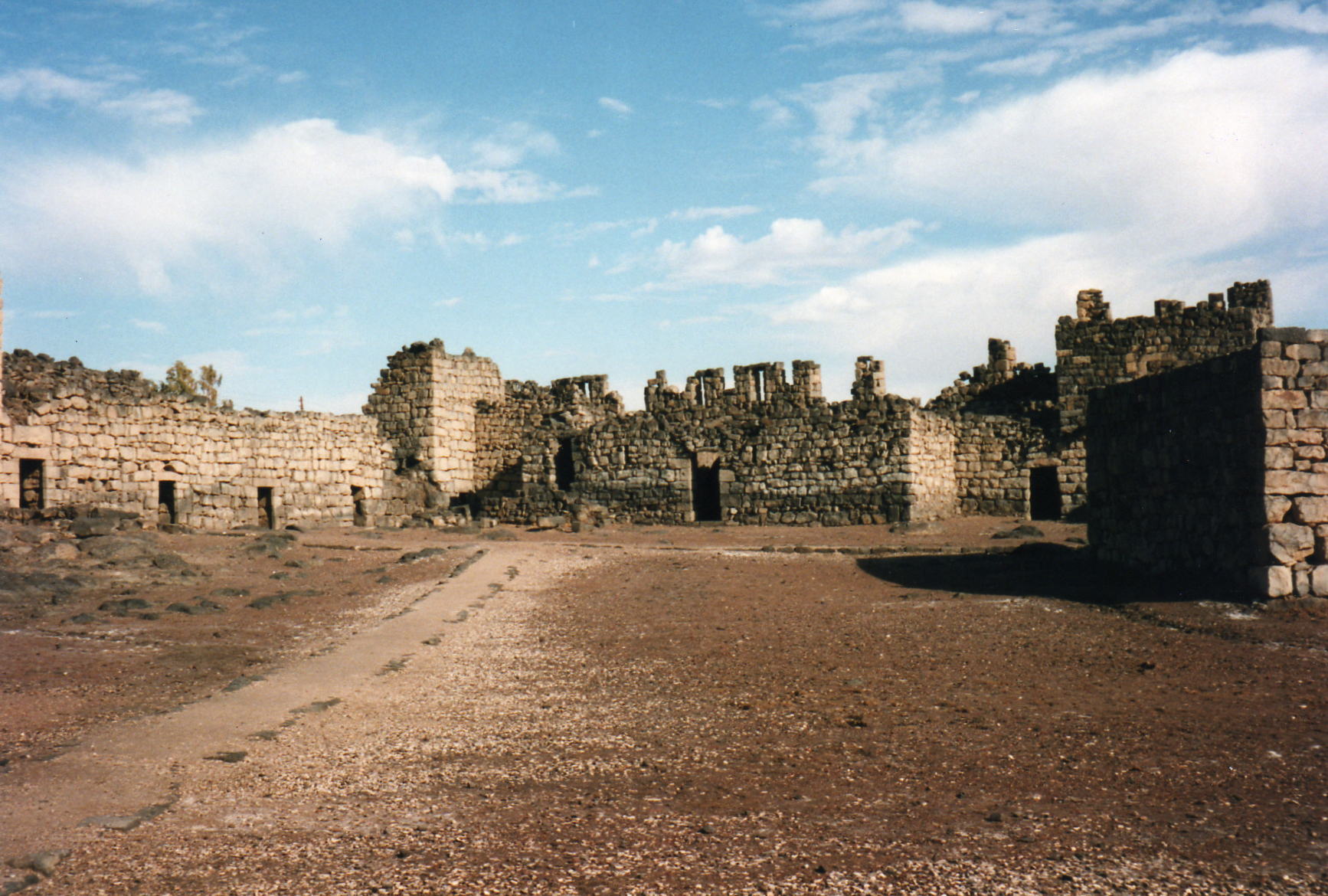
Qasr al-Azraq is a fascinating historical site situated in the eastern Jordanian desert. With origins dating back to the Roman Empire, it has served numerous civilizations over the centuries. Notably, this awe-inspiring fortress was a strategic stronghold for the Ottoman Empire and later a headquarters for T.E. Lawrence during the Arab Revolt in World War I.
Qasr al-Azraq is a strong ancient building made from black rocks found nearby. The doors and walls have lasted a long time. They attract visitors who want to explore and imagine life in the past.

Porta Maggiore stands as a testament to Rome’s architectural grandeur and engineering mastery. Initially an aqueduct, this edifice was seamlessly incorporated into the city’s defense walls, symbolizing the empire’s resourcefulness. It captivates visitors with its imposing structure, intricate carvings, and the stories of a bygone era preserved in travertine stone.
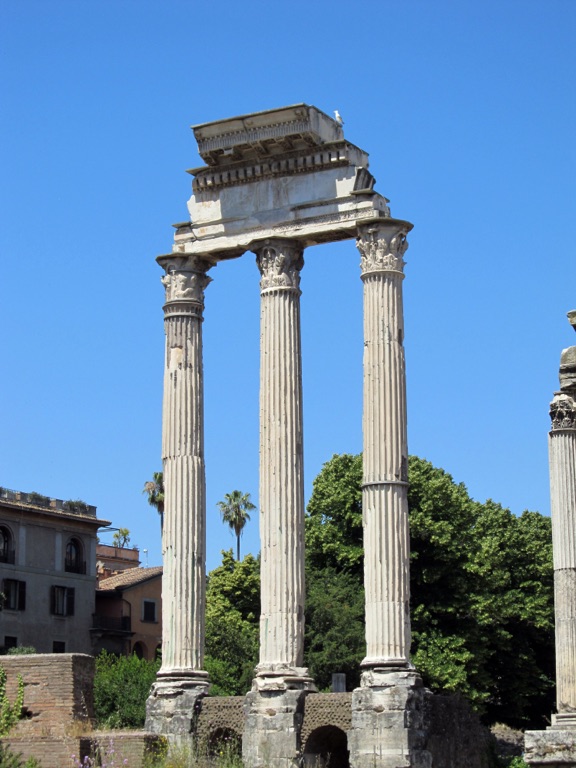
The Temple of Castor and Pollux stands as a timeless emblem of ancient Rome’s enduring legacy. Nestled in the heart of the Roman Forum, this architectural marvel provides a remarkable window into Roman religion and society. Though only three Corinthian columns remain, the temple once signified reverence for the divine twins, Castor and Pollux, credited with aiding Rome’s victory in the Battle of Lake Regillus. Visitors and history enthusiasts alike can bask in the temple’s historical significance, with remnants that speak volumes about Roman construction methods, religious beliefs, and the social importance of such structures in public life. A visit to the temple offers an immersive experience, bridging the gap between the past and present, allowing one to step back into a world where mythology and reality intertwined.
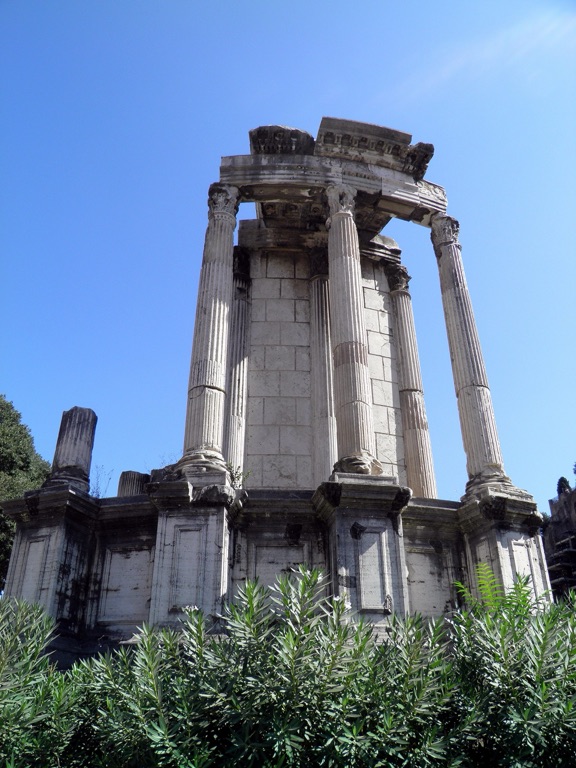
Discover the Temple of Vesta, the heart of ancient Roman worship and mythology. Resting in the Roman Forum’s bustling center, the temple once housed the sacred fire of Vesta, the goddess of the hearth. Although time has left only ruins, it has not dimmed the temple’s significance. Romans believed that as long as the vestal fire burned, Rome would endure. That belief shaped their ritualistic endeavors to protect and maintain this essential flame. Today, the remains of the temple offer glimpses into the lives of the Vestal Virgins and their critical role in sustaining Roman religion and society. Visitors can stroll through history, envisioning how this site once radiated with religious fervor and communal spirit.
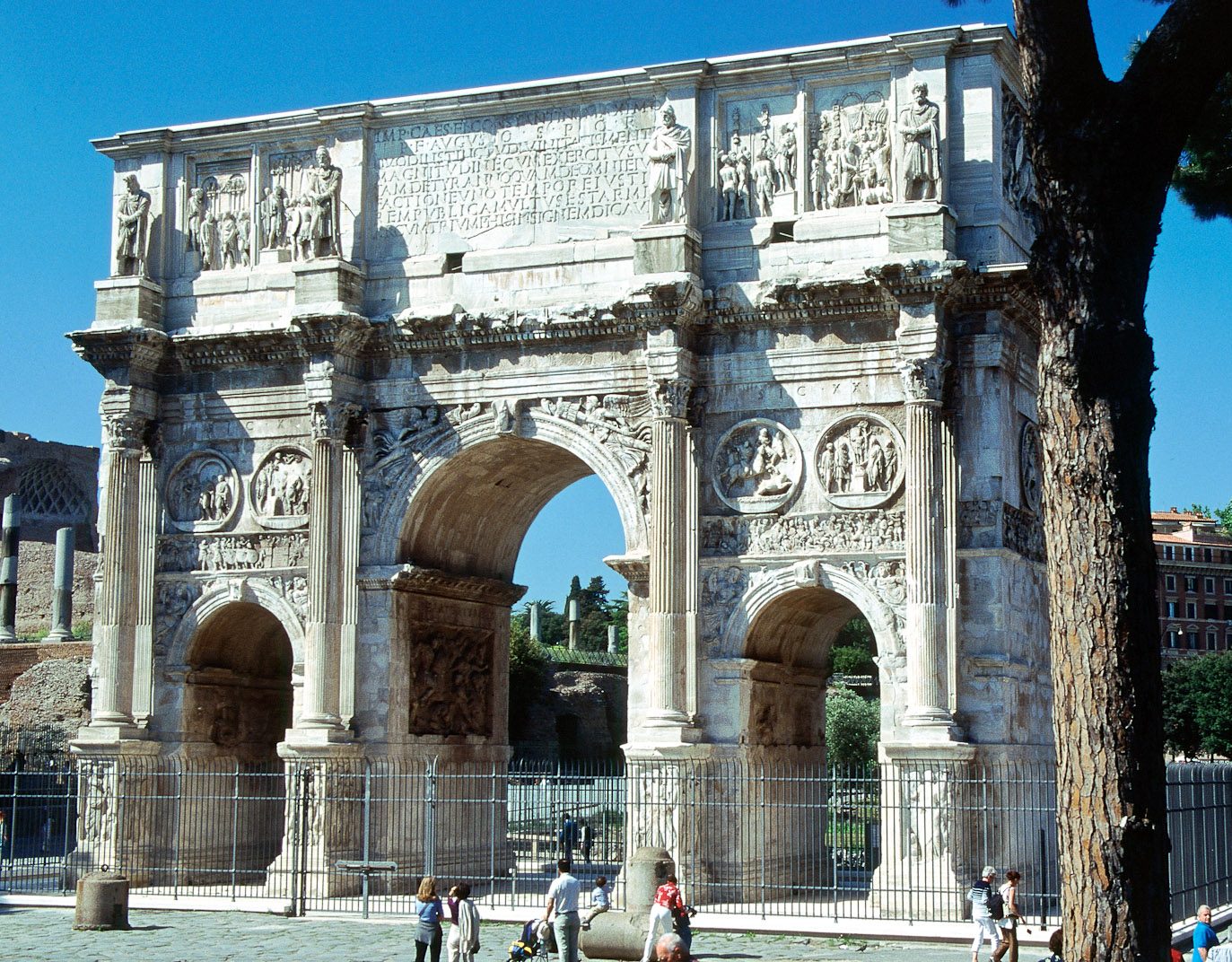
The Arch of Constantine is a triumphal arch in Rome, situated between the Colosseum and the Palatine Hill. It was erected by the Roman Senate to commemorate Constantine I’s victory over Maxentius at the Battle of Milvian Bridge in 312. Dedicated in 315, it is the latest of the existing triumphal arches in Rome, and the only one to make extensive use of spolia, reusing several major reliefs from 2nd century imperial monuments, which give a striking and famous stylistic contrast to the sculpture newly created for the arch.
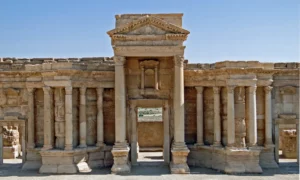
The Ancient City of Palmyra, once a thriving metropolis in the heart of the Syrian desert, stands as a poignant testament to the grandeur of bygone civilizations. Flourishing from the 1st to the 3rd century AD, Palmyra, known as the ‘Bride of the Desert’, was a critical trade hub linking the Roman Empire and Eastern cultures. The city’s strategic location on the Silk Road enabled a unique blend of Greco-Roman, Persian, and local influences, reflected in its stunning architectural fusion. This cross-cultural exchange not only shaped Palmyra’s distinctive art and monuments but also turned it into a melting pot of various ethnicities, languages, and traditions, underpinning its historical significance.






